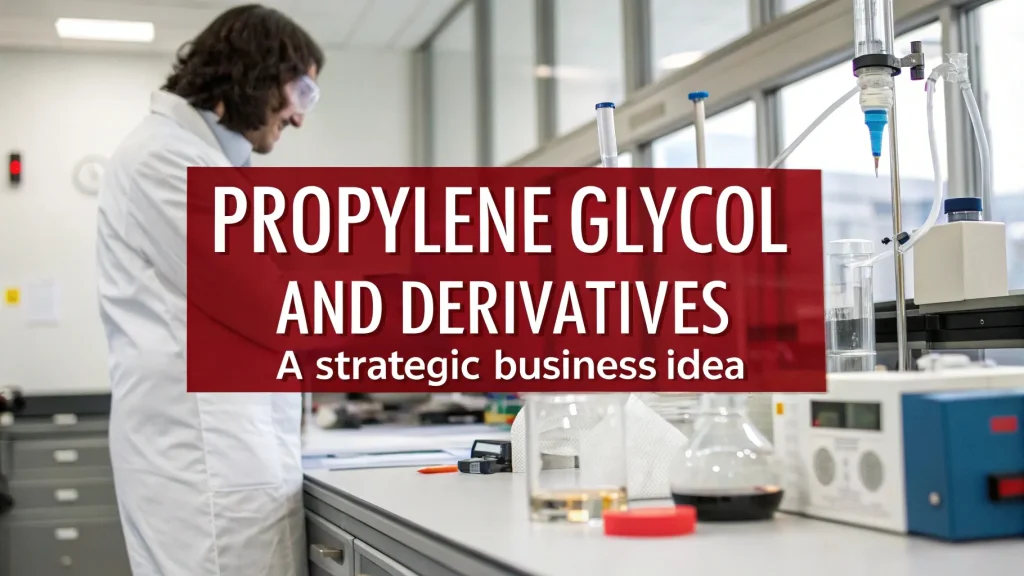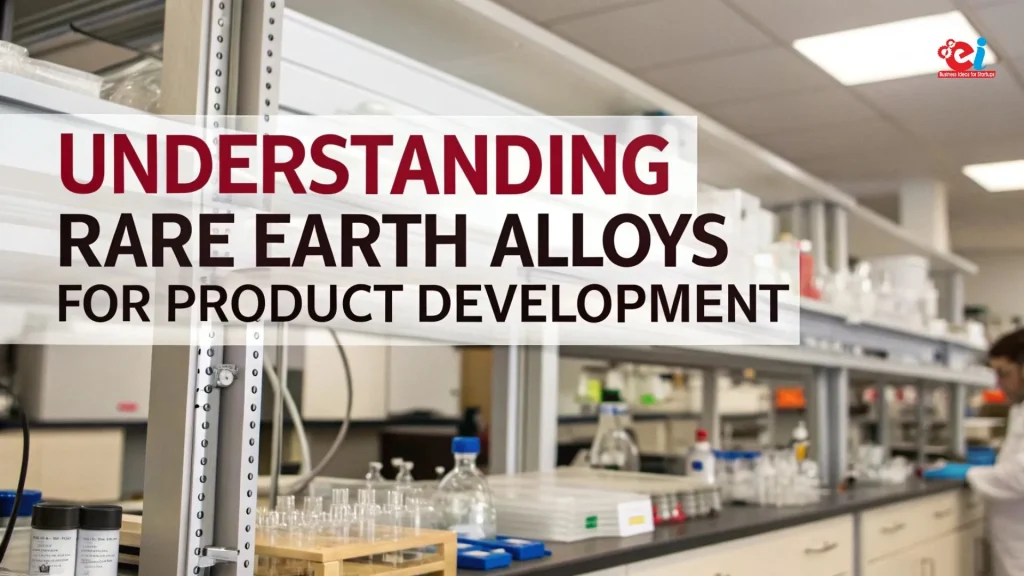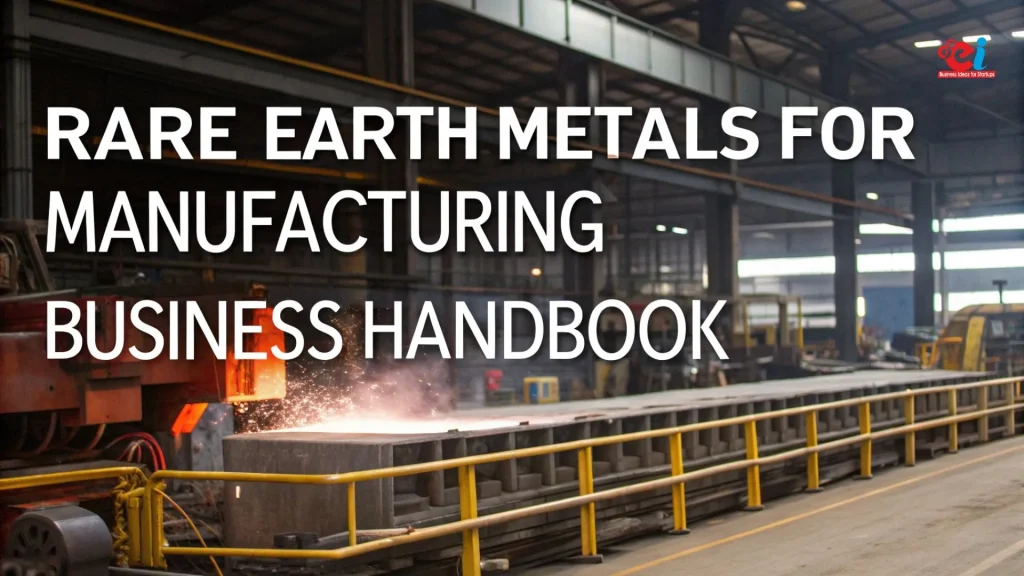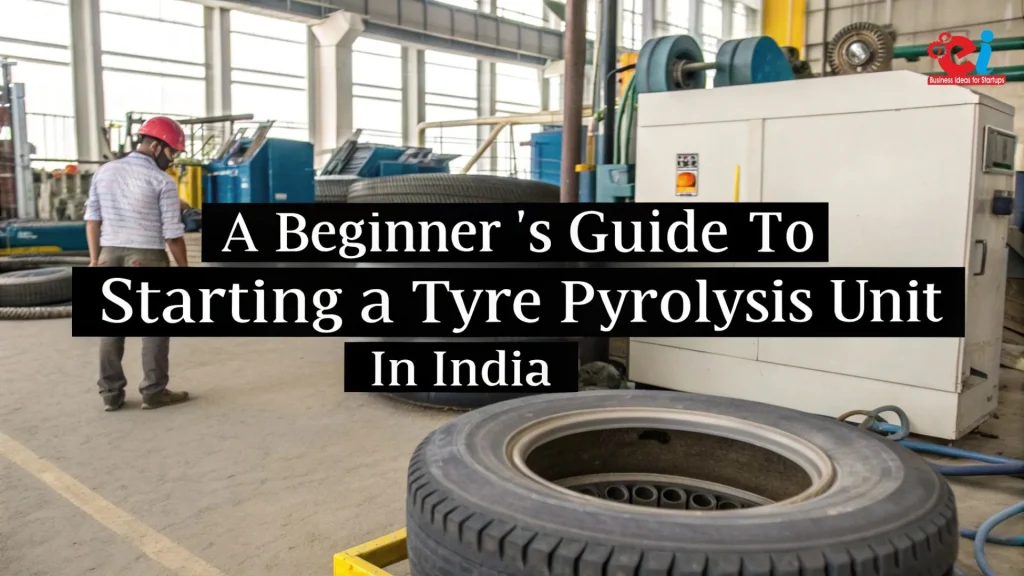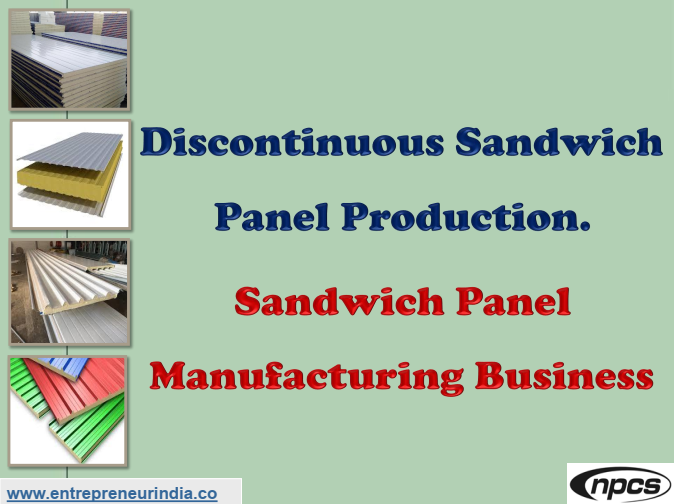
The Discontinuous Sandwich Panel Production process has become an essential part of the construction materials industry, particularly in the production of insulated panels for cold storage, commercial structures, modular buildings, and industrial cladding. Unlike continuous lines, which run non-stop and require massive investments, discontinuous systems allow for more flexibility, smaller production batches, and a lower capital requirement. This makes the Discontinuous Sandwich Panel Production method ideal for small to mid-sized manufacturers aiming to supply high-quality thermal and sound insulation panels with customizable dimensions and core materials.
What Is Discontinuous Sandwich Panel Production?
Discontinuous Sandwich Panel Production refers to the step-by-step or batch manufacturing process where each panel is produced individually. The panels typically consist of two outer metal sheets (usually steel or aluminum) and a core material such as polyurethane (PU), polyisocyanurate (PIR), mineral wool, or expanded polystyrene (EPS). Each layer is assembled using a press that bonds the materials together using adhesive or chemical foaming agents.
Unlike continuous lines that rely on conveyors and rolling systems, discontinuous methods allow for detailed manual quality control and easy adaptation to various panel lengths, thicknesses, and core types. This makes it highly suitable for custom orders and diverse market demands.
Applications Across Industries
Sandwich panels made through the discontinuous process are widely used in:
-
Cold storage facilities and refrigeration systems
-
Portable cabins and modular homes
-
Industrial walls and ceilings
-
Roofing panels in warehouses and logistics parks
-
Cleanroom partitions for pharmaceutical and food units
Because the Discontinuous Sandwich Panel Production method can support multiple panel types and core configurations, it is suitable for small businesses serving multiple sectors. The thermal and acoustic insulation provided by these panels makes them a preferred solution in energy-conscious construction practices.
Materials Used in Production
Several raw materials go into the Discontinuous Sandwich Panel Production process. These include:
-
Outer sheets: Pre-painted galvanized iron (PPGI), aluminum, stainless steel
-
Core materials: PU, PIR, mineral wool, EPS depending on insulation needs
-
Adhesives or foaming agents: For bonding and insulation
-
Protective films: To prevent scratches during handling
-
Structural spacers or side inserts: To maintain form and alignment
Material quality directly affects panel strength, fire resistance, thermal conductivity, and life span. Therefore, choosing certified and tested inputs is vital for consistent output.
Step-by-Step Manufacturing Process
The Discontinuous Sandwich Panel Production process involves a series of controlled, step-by-step operations designed to ensure high quality and customization.
-
Prepare Metal Sheets: Operators cut the outer facings to the required dimensions and clean the surfaces to optimize bonding.
-
Place Core Material: Depending on the application, they either inject foam between the sheets or manually place a pre-formed core such as EPS or mineral wool.
-
Perform Pressing Operation: They then position the full assembly into a hydraulic or vacuum press to apply uniform pressure and ensure proper adhesion across the panel.
-
Execute Foaming and Curing: In PU/PIR panels, the foaming agent reacts and expands to fill the core space, after which it cures to achieve structural rigidity.
-
Cool and Demold Panels: Once the material has cured sufficiently, operators remove the panel from the press and allow it to cool before proceeding.
-
Trim and Finish: They trim the panel edges, attach side profiles if required, and apply protective films for surface preservation.
-
Inspect and Package: Technicians inspect each panel for surface quality, thickness uniformity, and bonding strength before packaging them for shipment.
This process allows manufacturers to produce highly customized panels that meet specific client needs—particularly where varying panel lengths, core types, or thickness specifications are required.
Required Machinery and Equipment
Setting up a Discontinuous Sandwich Panel Production unit requires moderate capital investment and includes:
-
Sheet cutting and cleaning stations
-
PU/PIR foaming unit with high-pressure dosing machine
-
Hydraulic or vacuum press (sized for panel dimensions)
-
Conveyor or trolley for panel transfer
-
Edge trimming and finishing tools
-
Panel cooling rack or stackers
Advanced setups may include digital controls for temperature, mixing ratios, and pressure to improve efficiency and reduce material waste. This machinery is modular, allowing gradual expansion as business grows.
Infrastructure and Plant Setup
To set up a standard Discontinuous Sandwich Panel Production unit, the following infrastructure is needed:
-
Covered space: 4,000 to 8,000 sq. ft. depending on scale
-
Clean zones for chemical mixing and foaming
-
Separate areas for storage of metal sheets, core materials, and finished panels
-
Electricity supply with stable voltage for presses and foaming equipment
-
Ventilation and safety systems to handle chemical fumes
-
Water access and drainage for cooling systems
The facility should follow safety norms, especially for fire handling if PU/PIR is used. Fireproof zones and chemical storage guidelines must be strictly followed.
Investment and Profit Margin
The total investment in setting up a Discontinuous Sandwich Panel Production unit varies depending on automation and scale:
-
Small unit: ?40–60 lakhs (semi-automatic, 10–15 panels/day)
-
Mid-sized unit: ?80 lakhs – ?1.2 crore (30–50 panels/day)
-
Large unit: ?1.5 crore+ (fully equipped with high-output press and automation)
Average profit margins range from 25% to 35% depending on material prices, customizations, and market demand. Customized panels with fire-rated or antibacterial features fetch higher margins. ROI is generally achievable within 2–3 years with proper marketing and volume sales.
Licenses and Certifications
Operating a Discontinuous Sandwich Panel Production facility requires several approvals and certifications:
-
Factory License and MSME Registration
-
GST Registration
-
Pollution Control Board (if foaming chemicals are used)
-
Fire Safety NOC
-
ISO 9001 (Quality) and ISO 14001 (Environment)
-
CE or BIS Marking (for certain applications or exports)
Buyers, especially government or industrial clients, prefer certified products with tested fire-resistance and thermal ratings.
Target Market and Sales Channels
The key buyers for sandwich panels include:
-
Cold storage and food processing units
-
Builders and developers
-
Prefab building contractors
-
Military and disaster-relief housing
-
Cleanroom manufacturers
-
Export clients in Africa, the Middle East, and Southeast Asia
Panels can be sold directly through project tenders, distributor networks, or via partnerships with EPC contractors. Listing on construction marketplaces and B2B portals can increase visibility and bulk orders.
Advantages Over Continuous Lines
One of the biggest advantages of Discontinuous Sandwich Panel Production is flexibility. Unlike continuous lines, it allows:
-
Easy switching between panel types
-
Production of small batches without waste
-
Handling of non-standard or oversized panels
-
Lower capital and operating cost
-
Minimal maintenance and staffing
This flexibility makes it suitable for companies targeting niche markets, low-volume custom panels, or pilot production lines.
Future Outlook
As sustainable construction continues to dominate urban planning and industrial development, the demand for insulated, lightweight, and fast-installation building materials will grow. The Discontinuous Sandwich Panel Production model is perfectly suited for this transition. With more emphasis on energy efficiency, green buildings, and modular construction, the industry is set for stable and long-term growth.
Moreover, the technology is compatible with emerging trends like eco-friendly foams, recyclable panels, and multi-functional cladding, which will drive innovation and competitiveness in the years to come.
Conclusion
The Discontinuous Sandwich Panel Production business offers a compelling mix of flexibility, profitability, and growth potential. With moderate investment, high customization capacity, and increasing demand from infrastructure, cold chain, and modular construction projects, this manufacturing segment presents a strong opportunity for new and existing entrepreneurs. With the right strategy, quality standards, and market positioning, you can successfully enter and thrive in this dynamic industry.
Niir Project Consultancy Services
An ISO 9001:2015 Company
106-E, Kamla Nagar, Opp. Spark Mall,
New Delhi-110007, India.
Email: npcs.ei@gmail.com , info@entrepreneurindia.co
Tel: +91-11-23843955, 23845654, 23845886, 8800733955
Mobile: +91-9811043595
Website: www.entrepreneurindia.co , www.niir.org

